Türkiye’s 8th National Antarctic Science Expedition has installed new meteorological measurement devices and energy storage test systems for the planned Turkish scientific research camp on Horseshoe Island in Antarctica.
Under the auspices of the Turkish Presidency, organized under the Ministry of Industry and Technology and coordinated by TÜBİTAK MAM Polar Research Institute, the expedition’s activities are carried out on the continent, where nearly 100 scientific research bases and stations belong to 30 countries.
The camp, planned within this framework, aims to contribute to sustainable energy and support the work of scientists with new systems.
Professor Burcu Özsoy, coordinator of the 8th National Antarctic Science Expedition, said that the Arctic and Antarctic regions are the areas where the consequences of climate change are most pronounced.
“The sea ice data we have been collecting since the 1970s for each day clearly shows how much change has occurred in sea ice over more than half a century,” she said.
She also emphasized that one-third of the sea ice area in the Arctic region has decreased, and the formation of new sea ice has slowed down.
“When you look at Antarctica, there are fluctuations in Antarctic sea ice because we have recorded more recent temperature increases. Of course, the reflection of climate change in these regions is not only seen in sea ice. Antarctica is a landmass, the fifth-largest continent in the world. Here, we clearly see that glaciers in terrestrial areas are also melting.”
Özsoy said that the melting of terrestrial glaciers also indicates serious climate change, stating that data collected over the past five years in the region show an increase of 2 degrees Celsius (3.6 degrees Fahrenheit).
Highlighting the importance of the measurement stations they have deployed in Antarctica, Özsoy said, “Continuous data collection, evaluation of this data and comparing it with the world also adds experience on how these stations will operate and how data will be collected in these extreme areas.”
“Establishing a scientific base in Antarctica, testing energy storage systems today and developing them in the future will be critical to the establishment and sustainability of our base.”
‘Opportunities for future research’
Dr. Erhan Arslan, a researcher at TÜBİTAK MAM Polar Research Institute and a participant in the expedition, highlighted that the polar regions are warming faster than the rest of the world. He stressed the need to measure surface albedo and diffuse radiation in the atmosphere to understand the warming mechanism.
“Long-term monitoring with sensors that measure albedo along with the basic components of the atmosphere will be possible through these stations. Thus, we will provide data opportunities for other researchers in the future.”
Associate professor Hüseyin Ayhan Yavaşoğlu from Istanbul-based Yıldız Technical University’s Mechatronics Engineering Department, a participant in the expedition, said that they participated in the expedition with energy storage system projects that are resistant to polar conditions.
“This project can be considered as the infrastructure for many new projects. Normally, we use conventional batteries in fixed stations, but within the scope of the National Polar Science Program, the increased use of mobile devices will come alongside our established base. With these devices, we will need batteries suitable for mobile devices. Next-generation batteries cannot be used alone. They also require battery management systems. We have developed both the battery and the battery management system with components resistant to polar conditions. We have now put this system into the test phase. Our energy storage system, developed here, will work for a year and prove itself.”
Yavaşoğlu stated that storage systems are powered by both wind and solar energy and have an electronic load.
‘Long-term data needed’
Lead engineer Yunus Aytaç Akdoğan, who participated in the expedition from the General Directorate of Maps of the Ministry of National Defense, stated that the general directorate has seven points and a fixed global positioning system station on the Antarctic continent.
Akdoğan explained that observations are made with global positioning systems at seven geodynamic points during expeditions to the continent, and the fixed global positioning system station conducts annual maintenance and data collection studies.
“Previous analyses have determined a shift to the northeast on Dismal Island. Furthermore, harmonic oscillations have been observed in the data. Glacial melting is considered to cause these harmonic oscillations. During the expeditions we conducted in Antarctica, we continued to take measurements and collect data from these points and the fixed station,” Akdoğan stated.
Mechanical engineer Zafer Şahingöz, who participated in the expedition from the General Directorate of Meteorology, shared information about the meteorology station on the island, stating that the obtained data is evaluated and shared with scientists and relevant units for research purposes.
“The most important data that has caught our attention over five years is the temperature increase rate. For example, when our station was established in 2019, the average temperature in February was below zero, whereas this year, our February temperature average was around 2 degrees. There has been a significant increase here. However, this is not a definite result. Long-term data collection is necessary to reach definite results.”
Şahingöz added that the data provided by the station could be followed on the official website of the General Directorate of Meteorology.

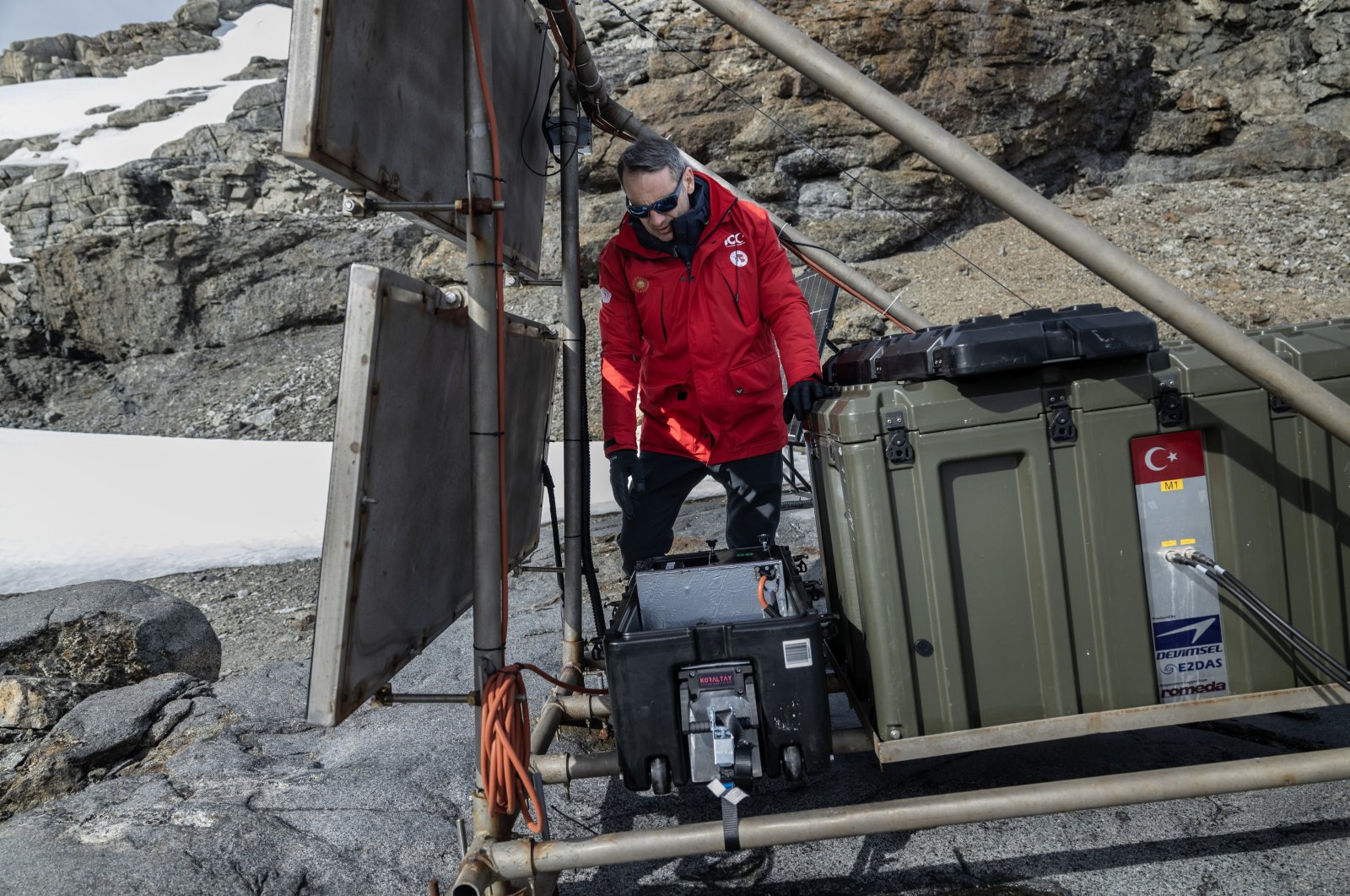












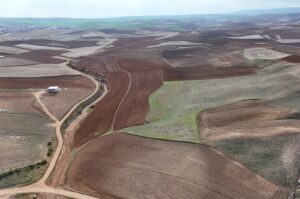

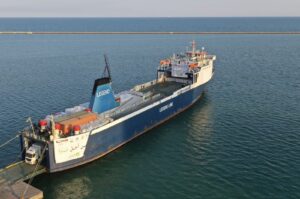




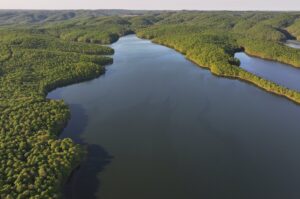







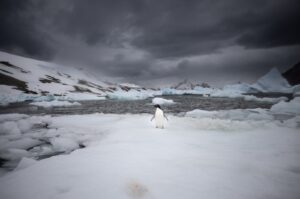











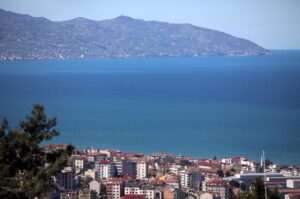










Be First to Comment